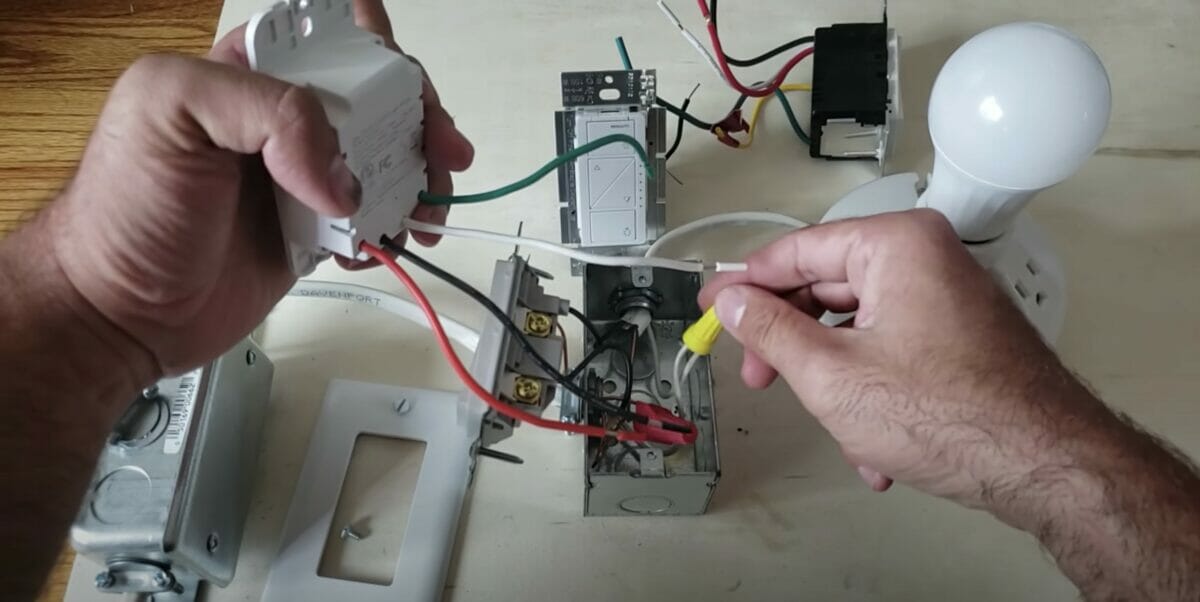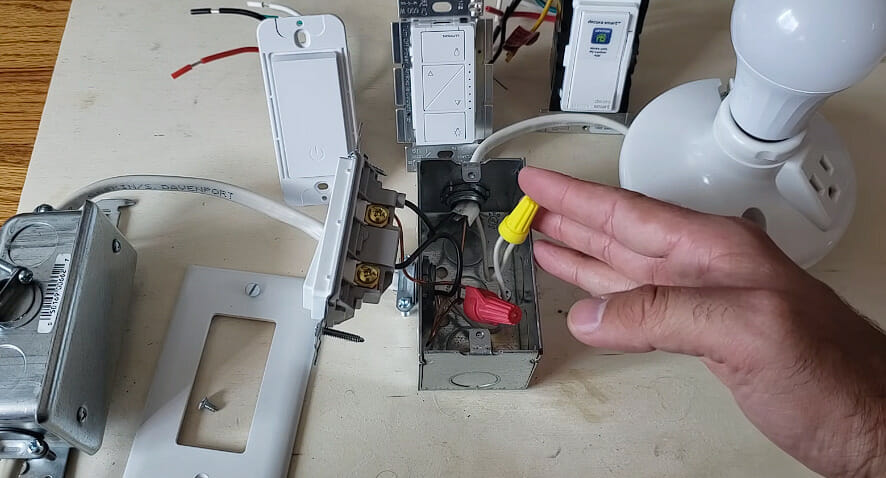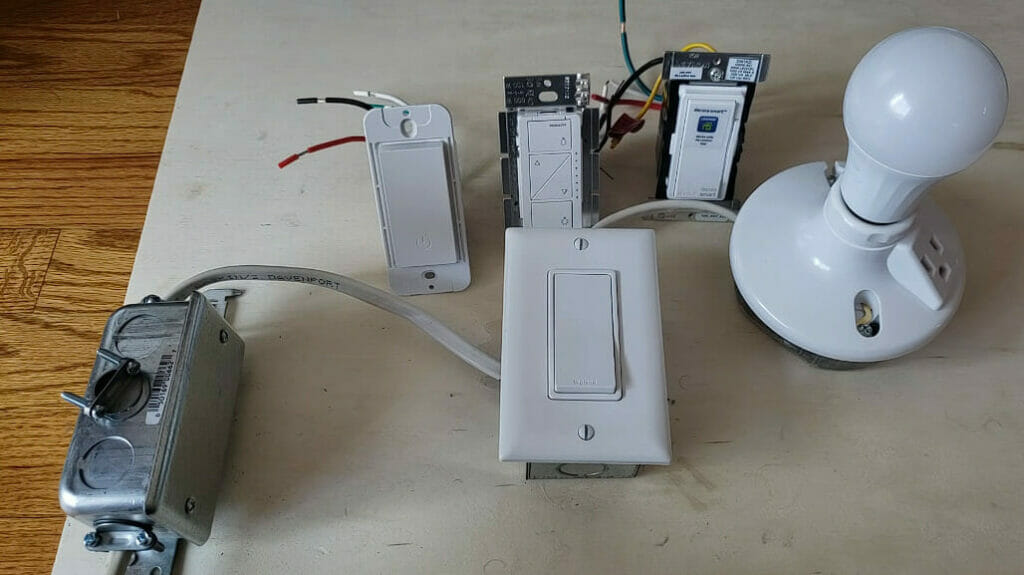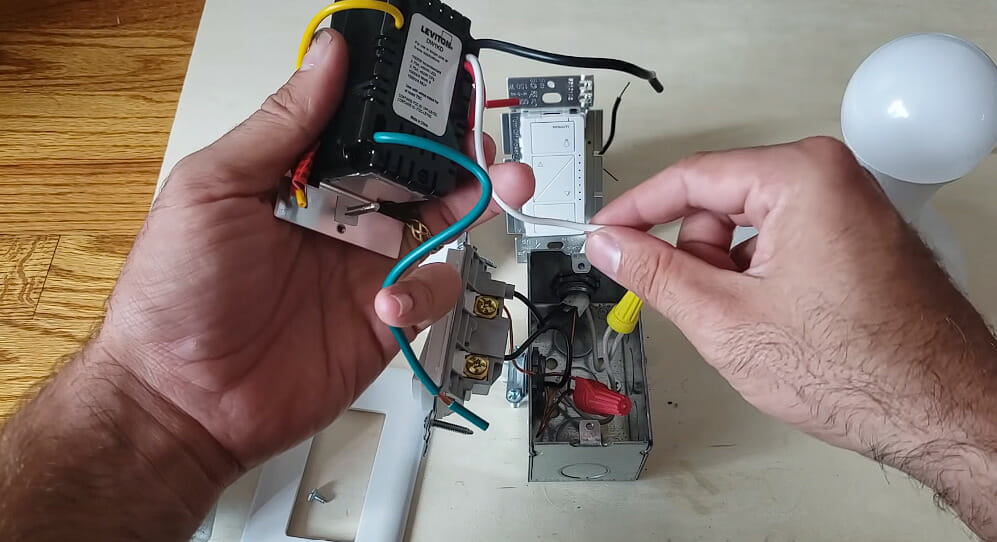What is a Neutral Wire in a Light Switch? (Deep Dive)

Ever wonder about the inner workings of a simple light switch? Inside that everyday device is a world of circuitry and power flow, with one unsung hero: the neutral wire.
A neutral wire, often white or gray, is key to electrical systems, providing a return path for electrical current. In light switches, their role varies. Traditional switches don’t connect directly to them, but advanced switches like smart or dimmer switches require them for functionality.
Let’s dive deeper and light up that curiosity! (Sorry, I had to)
What is a Neutral Wire in a Light Switch?

A neutral wire, a crucial part of an electrical system, is often termed the “return wire.”
In the broad context of electrical systems, the neutral wire completes the circuit by providing a path for the electrical current to return to its source. Generally, it’s white or gray, distinct from the usually black or red hot wire.
When it comes to a light switch, the role of the neutral wire can vary depending on the type of switch.
The Role of Neutral Wire in Light Switches

In traditional, single-pole light switches, the neutral wire is typically not directly connected to the switch itself. These switches work by interrupting the flow of electricity in the hot wire, turning the light fixture on or off.
The neutral wire completes the circuit, allowing the electrical current to return to the source after passing through the light bulb when the switch is in the ‘on’ position.
Modern, technologically advanced smart or dimmer switches often require a neutral wire for proper functionality.
These switches need a continuous flow of electricity to power their internal electronics, even when the light fixture is off. This is where the neutral wire plays a pivotal role.
It completes the circuit, allowing a small amount of current to flow through the switch’s electronics without producing light, enabling it to stay powered up for smart features.
In addition, the neutral wire in a light switch serves a crucial safety role. In the case of a fault or overload, the neutral wire helps channel excess electricity safely back to your home’s main electrical panel and to the ground.
This reduces the risk of electric shock and prevents potential fire hazards.
So, while the neutral wire’s role in a light switch may not be apparent at first glance, it plays a crucial role in modern home lighting systems’ safe and effective operation.
The Role of Neutral Wire in Various Advanced Light Switch Types
Modern home technology, aimed at enhancing convenience and efficiency, has introduced advanced light switches that rely on neutral wire for functionality.
Here are some instances when a neutral wire is crucial in a light switch:
| Switch Type | Role of Neutral Wire |
|---|---|
| Smart Switches | Powers smart features, including WiFi or Bluetooth connectivity, remote control, and compatibility with home automation systems, ensuring these features remain active at all times |
| Dimmer Switches | Provides consistent electrical flow, ensuring precise control over light output and maintaining consistent lighting levels |
| Motion Sensor Switches | Provides a steady flow of electricity, enabling the motion detection feature to remain alert and functional at all times, irrespective of the light’s status |
| Timer Switches | Facilitates a constant power supply for continuous tracking of time and preservation of settings |
Remember, not all light switches require a neutral wire for their operation. Traditional toggle switches, for instance, can operate without one.
However, as we transition to a more connected and automated home environment, a neutral wire in light switches becomes increasingly crucial.
Identifying a Neutral Wire in a Light Switch

Identifying a neutral wire in a light switch accurately is an important aspect of home maintenance and safety.
As mentioned, the neutral wire typically completes an electrical circuit by providing the return path to the power source, playing a significant role in the operation of various light switches and fixtures.
A neutral wire is typically white or gray in most North American homes. This contrasts with the ‘hot’ wire, usually black or red.
This color coding provides a visual aid for identification, aiding both professional electricians and homeowners alike.
However, there are a few points to keep in mind while identifying a neutral wire:
- Inconsistent or Outdated Color Coding: While color coding is generally reliable, it’s important to note that inconsistencies can occur. This is particularly true in older homes or structures where the electrical wiring may have been installed before color coding became standardized.
- Wire age and Discoloration: Wire insulation can become discolored or faded over time, making it difficult to distinguish between wire types based purely on color. This can complicate the process of identification.
- Wiring Anomalies: In some instances, previous homeowners or unlicensed handymen may have installed or modified the wiring in unconventional ways. In such cases, the color of the wire may not reflect its actual function.
Given these factors, color coding can give you a good starting point but should not be the sole determinant in identifying a neutral wire.
If you encounter a situation where the wire colors are ambiguous, confusing, or contradict standard practices, it’s time to call in a professional.
Handling electrical systems can be hazardous without the correct knowledge and caution.
If you’re unsure or uncomfortable working with your home’s electrical system, it’s always best to consult a licensed electrician.
This isn’t an area where you want to take risks or make assumptions – safety should always come first.
References
Organizations:
- National Electrical Manufacturers Association (NEMA). https://www.nema.org/
- National Fire Protection Association (NFPA). http://www.nfpa.org/
- American Society of Home Inspectors (ASHI). https://www.homeinspector.org/
Books:
- “Wiring a House: 5th Edition” by Rex Cauldwell
- “Electrical Wiring Residential” by Ray C. Mullin and Phil Simmons
Websites:
- Electrical Construction & Maintenance (EC&M). https://www.ecmweb.com/
Video Reference
One Hour Smart Home
